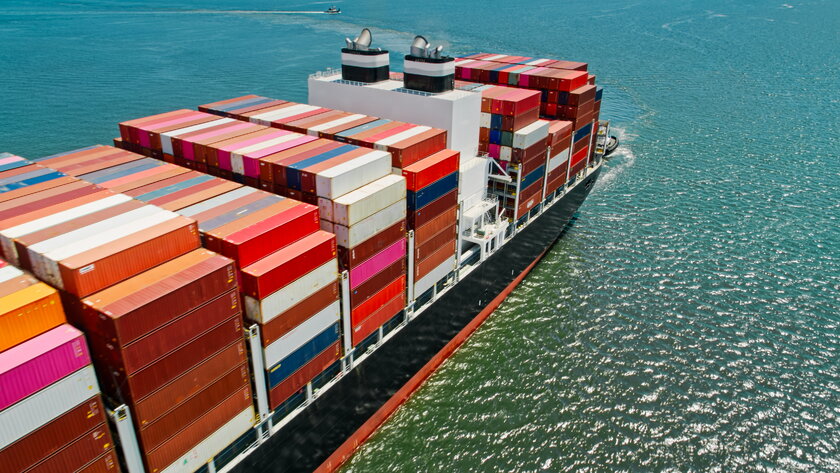Trump Tariffs 2025: Who Gets Hit and How Hard?
Reshape Your American Dream

What Are Trump’s Tariffs?
Tariffs are import taxes charged on goods coming into the US. For example, a 10% tariff on a $10 item adds $1 to the importer’s cost. Businesses that import goods pay this tax to the government and often pass the cost to customers. Trump’s current program sets different tariff rates by country and product, ranging from 10% to 50% – with some nations facing even steeper proposed rates.
Why Has Trump Introduced These Tariffs?
The administration’s stated goals are to:
- Encourage US consumers to buy American-made products
- Protect domestic industries and jobs
- Reduce the trade deficit – the gap between imports and exports
- Pressure countries to change trade and political practices
Critics argue these tariffs create global economic uncertainty and push up costs for US companies and consumers. Supporters believe they protect manufacturing and national security interests.
When Did the Tariffs Take Effect?
Most of the current tariffs came into force in 2025, shortly after Trump’s return to office. Some were implemented immediately, others rolled out in phases, and a few remain in negotiation. For example:
- August 1: 50% tariff on copper imports
- August 27: India’s tariff rate increases to 50%
- August 29: End of global tariff exemptions for goods valued under $800
Which Products Are Targeted?
Key tariff measures include:
- 50% on steel and aluminium imports
- 50% on copper imports (from Aug 1)
- 25% on foreign-made cars, engines, and parts
- End of "de minimis" exemption for low-value imports from China and Hong Kong
- Threatened 200% tariff on pharmaceutical imports (pending details)
Which Countries Face the Highest Tariffs?
Trump’s tariffs apply to over 90 countries*, with rates based on trade relationships and policy disputes. Here’s a snapshot of the 20 most relevant US trade partners from the tariff data, based on their share of US imports and current tariff rates:
- Mexico – 25% tariff
- China – 30% tariff
- Canada – 35% tariff
- Germany – 15% tariff
- Japan – 15% tariff
- Vietnam – 20% tariff
- South Korea – 15% tariff
- Taiwan – 20% tariff
- Ireland – 15% tariff
- India – 50% tariff (from Aug 27)
- Italy – 15% tariff
- United Kingdom – 10% tariff
- Switzerland – 39% tariff
- Thailand – 19% tariff
- France – 15% tariff
- Malaysia – 19% tariff
- Singapore – 10% tariff
- Brazil – 50% tariff
- Netherlands – 15% tariff
- Indonesia – 19% tariff
*Source for full tariff list by country: BBC News
How Do These Tariffs Affect the Global Economy?
Markets initially reacted with volatility, and global organizations like the IMF and OECD downgraded 2025 growth forecasts. The US economy saw a rebound in Q2 but faces inflationary pressure as import costs rise. US companies in manufacturing, retail, and e-commerce are already reporting higher expenses, with many passing these on to consumers.
Conclusion – 3 Master Tips to Adapt
Here are three actionable ways to adapt:
1. Diversify Your Supplier Base
Don’t rely on one country for critical imports. Source from multiple markets with lower tariffs or domestic suppliers to spread risk and reduce exposure.
2. Renegotiate Contracts and Pricing
Work with suppliers and logistics partners to share the cost impact. Long-term contracts may allow you to lock in better rates or negotiate partial cost absorption.
3. Rethink Your Product and Pricing Strategy
Factor tariffs into your cost structure early. This may mean adjusting product lines, improving efficiency, or positioning higher prices with added value to customers.
photo credit:
iStock.com/halbergman




